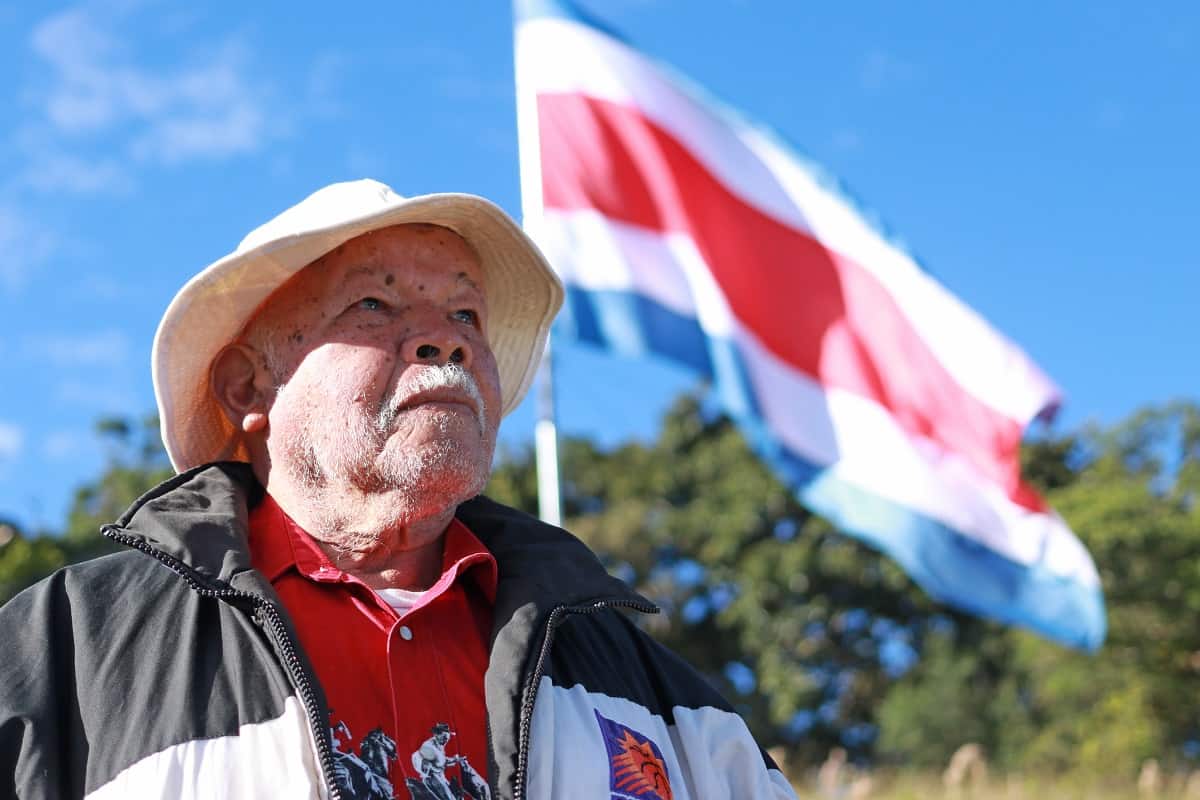Costa Rica, the “happiest” country in Latin America and a solid democracy without an army, elects new president and deputies this Sunday, amid a severe economic crisis, little confidence in politicians and unprecedented corruption cases.
Some 3.5 million citizens out of a total of 5 million are summoned to elect who will govern them for the next four years. 31.8% still do not know for whom of the 25 candidates they will vote.
The following are some of the keys to understanding Costa Rica.
Stable Democracy
Despite being located in a region of constant political crises, Costa Rica maintains democratic stability after its only 44-day civil war in 1948. That year it outlawed its army.
In a World Happiness Report ranking led by Finland, Costa Rica ranks 16th in the 2018-2020 period, the first Latin American country to appear on the list.
For half a century it was bipartisan, until the now two-time ruling Citizen Action Party (PAC) burst in.
This center-left grouping won the last two elections (2014 and 2018) but the work of current president Carlos Alvarado has 72% of popular rejection, according to pollsters. Citizens turn their eyes to the traditional parties, but no candidate has massive support.
Its image as a stable and correct country was shaken last year by a notorious case of bribe payments in exchange for public works, which even reached a presidential advisor.
Renewable Energies
Environmental protection is a key state policy. Costa Rica has leadership and activism in international climate forums, which allowed it to obtain millions of dollars in funding and recognition.
Its forest coverage exceeds 53% of its territory, which, although only 0.03% of the surface of the globe (51,000 km2), has about 6% of biodiversity, according to official figures.
It has already reached 99.98% of electricity generation from renewable sources (mainly water, followed by geothermal and wind) and its National Decarbonization Plan for 2050 is underway.
Congress is discussing a permanent veto of oil and gas exploration and exploitation.
Imports of electric vehicles are doubling year after year, with one of the highest percentage increases in the region. This would boost the use of green hydrogen, a cleanly produced energy source.
And in this country, where the expression “pura vida” (pure life) is a greeting, is the Nicoya Peninsula, one of the five “Blue Zones” in the world, as places with a population with a long life expectancy are identified.
Tourism and Recovery
Tourism is one of the economic engines of the country, a paradise for beach, nature and ecology lovers. Covid-19 hit the sector hard, which is trying to recover.
According to the Costa Rican Tourism Institute (ICT), just over 1.3 million tourists entered in 2021, a recovery compared to 2020 but still far from the more than 3 million that arrived in 2019.
That boost helped lower the unemployment rate to 14.4% (it was above 20%), but it is still far from the 12.4% of pre-pandemic times. Getting back to that statistic is a key challenge for the government to be elected.
Economy at Risk
Costa Rica was the last country to join the exclusive Organization for Economic Cooperation and Development (OECD) in May 2021, whose members account for about 80% of world trade and investment.
It has an agreement with the International Monetary Fund (IMF) to receive a credit of 1.778 billion dollars and thus rescue its economy in crisis, burdened by a debt of more than 70% of its GDP, one of the four highest in Latin America.
But for this the IMF demanded a series of conditions such as public expenditure restructuring projects that have not been approved in Congress. It will be the task of the new government.
Official estimates say that the economy in 2022 will close with a 3.9% increase in GDP, and a “relatively low” inflation of between 2% and 4%.






